
What the New York subway hides
**11 PRACTICAL DATA (MORE OR LESS) **
- On October 27, 1904, the first subway line belonging to the IRT (Interborough Rapid Transit) opened and ran through Manhattan, from City Hall to 145th Street and Broadway.
- It's the subway with the most stops in the world (468, 421 if we don't count the connections) .
- 30 of those stops have Wi-Fi.
- It is called subway, underground, but almost 40 percent of its route is on the surface.
- It has 24 lines: the 1, 6 (round) , 7 (round) , C, G, L, M and R are local, that is, they make all the stops. And the 2, 3, 4, 5, 6 (diamond) , 7 (diamond) , A, B, D, E, F, N and Q are express, that is, they do not make all the stops. Although some are only express in Manhattan or Brooklyn. To find out if it is Express or Local, you just have to look at the signs on the platforms. And when in doubt: always local.
- It works 24 hours a day. And it's pretty safe at any time. It depends more on the area than the time, in fact.
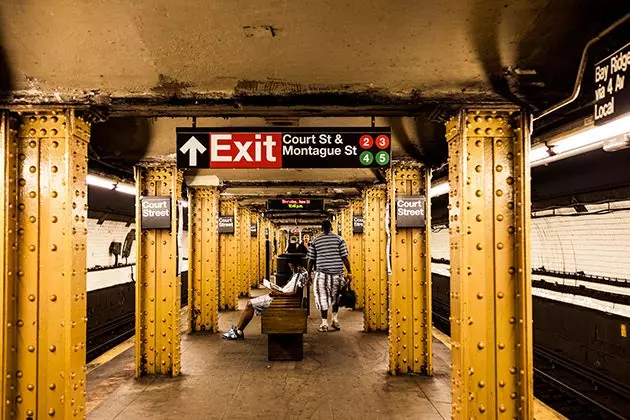
The interior of the New York subway
- It is the seventh in passenger volume (in 2012 it reached 1,650 million) and has a total of 1,000 km of tracks.
- From 1904 to 1948 it cost five cents. In the 1950s it rose to 15 with the appearance of tokens that were used until 2003, when the Metrocard became the only way to enter the metro. The individual trip today costs $2.75 so it pays to buy the weekly tickets ($30) or top up a card with $10 or $20 so that they only charge $2.50 for each trip.
- Uptown or downtown? You always have to look at the subway entrance if it says “Uptown” (North) or “Downtown”. There are entrances that go directly to one direction of the platform. If we make a mistake, we will have to pay again. Because no, there is never a box office when you need one and, probably, he does not do much to understand you.
- Avoid it as much as you can in summer: the temperature on the platforms reaches 38 degrees and then when you enter the car your sweat freezes with the air conditioning.
- The official metro font since the 1960s is Helvetica , but it is far from the only one seen in its mosaic posters.
YOU CAN FIND ANYTHING
The list of lost and found objects is most peculiar. The last thing was a small dead shark . Yes, this one.
IT IS AN UNDERGROUND MUSEUM
Art for Transit is the artistic project that has been operating in the metro since 1985, when it was launched to recover and rehabilitate the stops after the dark times of the 70s , in which in the wagons and in the stations not a single hole was left without tagging or graffiti. The rehabilitation works are still going on and from time to time they make an open call to artists. Now they are looking for a project for the MetroNorth Fordham station in the Bronx. Stained glass, ceramics, sculptures, mosaics... With the Meridian app, you will be able to know the name of the artist at each stop. The Roy Lichtenstein mural at the Times Square stop is worth seeing ; or the zoetrope that Bill Brand hand-painted in 1980 Dekalb Avenue heading towards Manhattan. And they just restored this years after Hurricane Sandy.
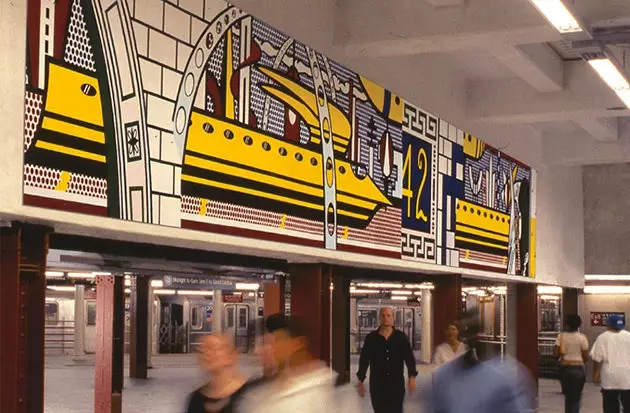
The Roy Lichtenstein mural at the Times Square stop
AND A GREAT UNDERGROUND CONCERT ROOM
Not all artists you'll see and hear in stations or on trains are licensed, but most are. Every spring, the MTA holds an open casting call for new artists from around the world who want to act legally, thus having preference to choose schedules and lines. Inside the project Music Under NY (Music under NY) there are registered 350 musicians playing at 20 underground locations . If you really like any of them, you can listen to them again in the Subculture.Fm app. They are not part of this MTA project and they are not musicians, but it is a great show to see the kids dancing and doing acrobatics on the bars of the trains. They usually do it on express lines taking advantage of the long distance or on the steps from Manhattan to Queens or Brooklyn.
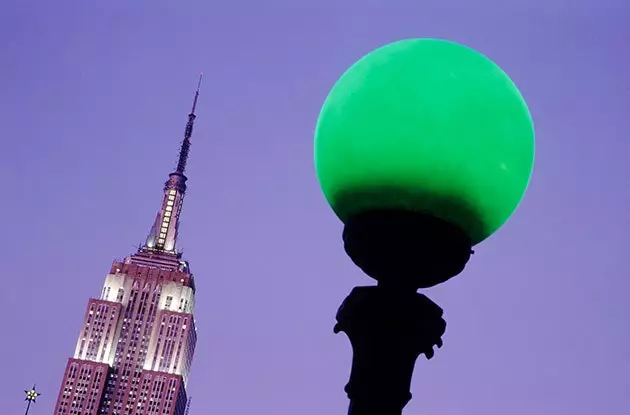
A subway sign with the Empire State Building in the background
IT HAS SECRET AND ABANDONED STOPS
As the people of Undercity.org teach or as we already knew from the Teenage Mutant Ninja Turtles, under New York there is another New York . Although it is full of rats that, unfortunately, come to the surface too often. But what we're going to. The least secret secret stop is already City Hall. It was also one of the prettiest: opened in 1904 and maintains the original Art Nouveau style , as it fell out of use in 1945 when it could not be enlarged for the new and very long trains. The New York Transit Museum offers tours to see it, but you can also get a (darker) glimpse of it by standing in the last car of the 6 line as the subway turns around at Brooklyn Bridge-City Hall. Williamsbourg South 4th, built in 1929 and never used Instead, it is more difficult to see. Although it is a place well known by graffiti artists. Especially since the group Underbelly Project (more than 100 artists) decorated it in 2010, supposedly, because they never confirmed the location.
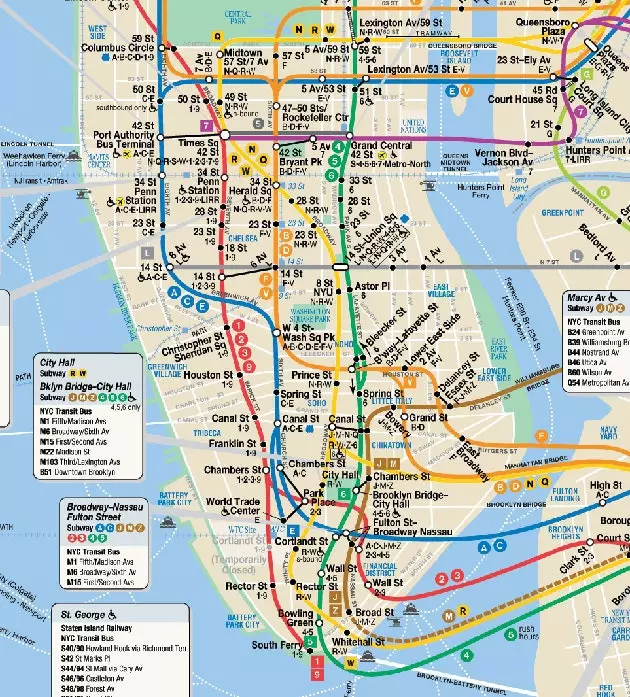
New York subway map
THIS WAS 1905
We blame Shame for our high dating expectations every time we ride the New York subway. But before Michael Fassbender and later we have seen the subway many times in the cinema, from Midnight Cowboy, to Bananas, from Pelham 1, 2, 3 to Crocodile Dundee or Ghost. The first movie actually shot in 1904, City Hall to Harlem in 15 Seconds via the Subway Route, was the title of Edwin S. Porter's short film. which would be something like this video that has been recovered from 1905 of a trip between 14th Street and Grand Central Station.
THE APPLICATIONS YOU SHOULD DOWNLOAD BEFORE COMING
On its page, the MTA, the company that manages the New York subway, only suggests 73 applications! for iPod and iPhone and, bah, for Android only about 40! Faced with so much excess, we recommend: KickMap , the free metro map that you can consult without being connected to the internet and is based on Massimo Vignelli's famous 70's maps , the same ones you use weekender , the free MTA app to inform you of route changes, line closures, stops: essential, on weekends changes can drive you crazy. Another handy app is citymapper , the 2013 winner of the MTA's annual app contest. You need an internet connection, but you enter your destination and you get the best routes, time, distance and even the calories you will burn. And finally: Meridian , a guide to Art For Transit, the works of art at each stop ; Y Subculture.Fm , a radio with the official musicians of the New York underground.
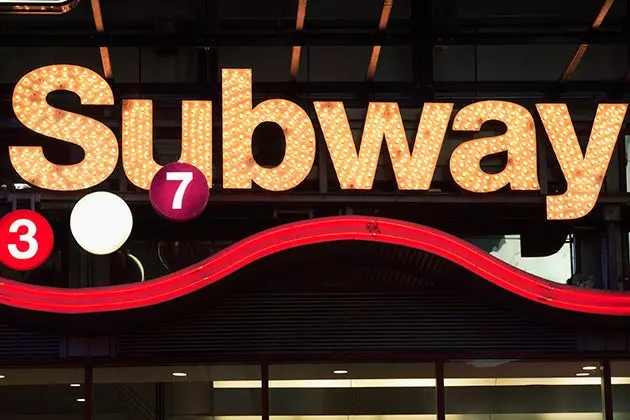
Subway: a way of life
YOU CAN FIND EVEN HIPSTERS
Or what did you think? That they only roamed the surface? The All Day Every Day collective set up last July in an abandoned premises at the Metropolitan stop (between lines L and G The Newsstand) a kiosk and pop up book store with alternative publications . And, on the other hand, one of the few stores that is worthwhile in the entire network.
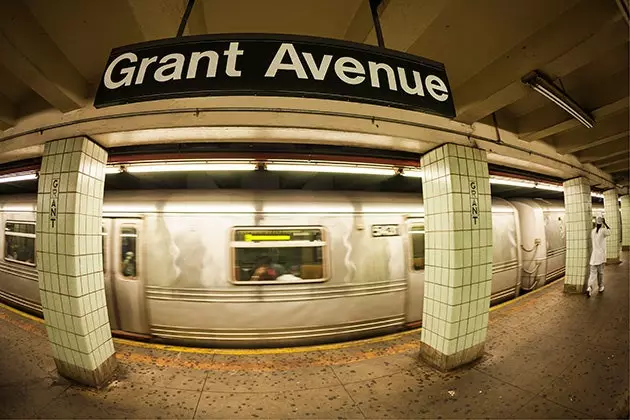
The Grant Avenue Stop
STANLEY KUBRICK PHOTOGRAPHED IT IN THE 1940s
Before becoming one of the masters of cinema, the director of The Shining was a staff photographer for Look magazine and in 1946 he an amazing session that he recently unveiled to the Museum of the City of New York, which owns the rights to the vast majority of Kubrick's photos.
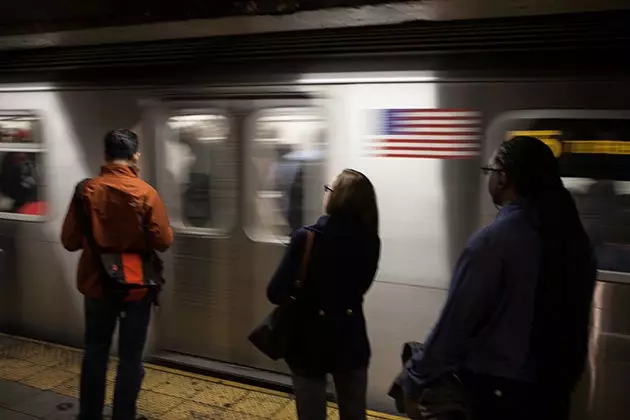
New Yorkers waiting for their train
WHAT IS THAT BLACK AND WHITE STRIPES BAR?
Perhaps you had never noticed, but in all stations it is there: a striped bar, black and white, more or less in the middle of the platform. And thanks to this video we discover it: subway conductors, who are in the middle of the train, have to point to it to show that they are concentrating on their work . It is not a joke. See next time: they roll down the window and stick their finger out. It doesn't fail. Some do it gracefully, others unwillingly.
* This article was initially published on November 18, 2013.
